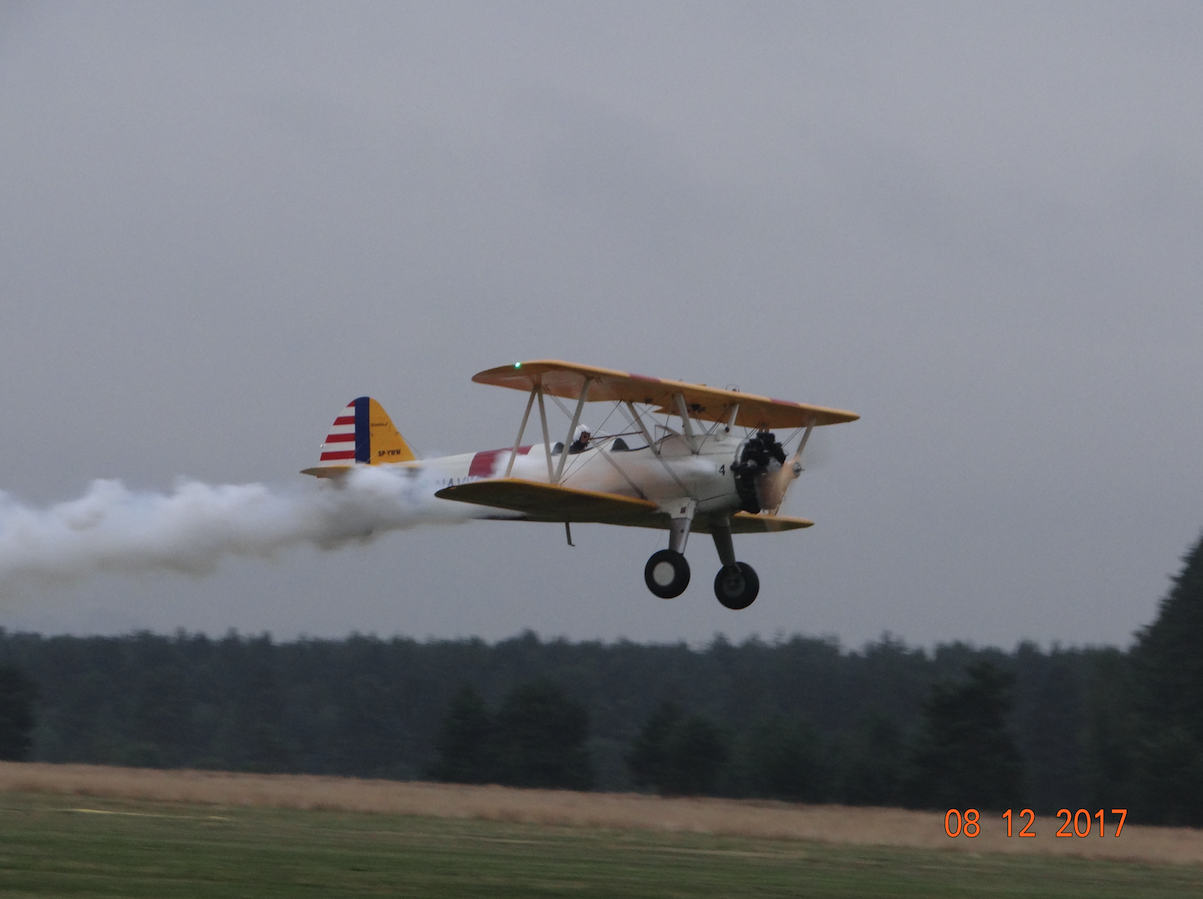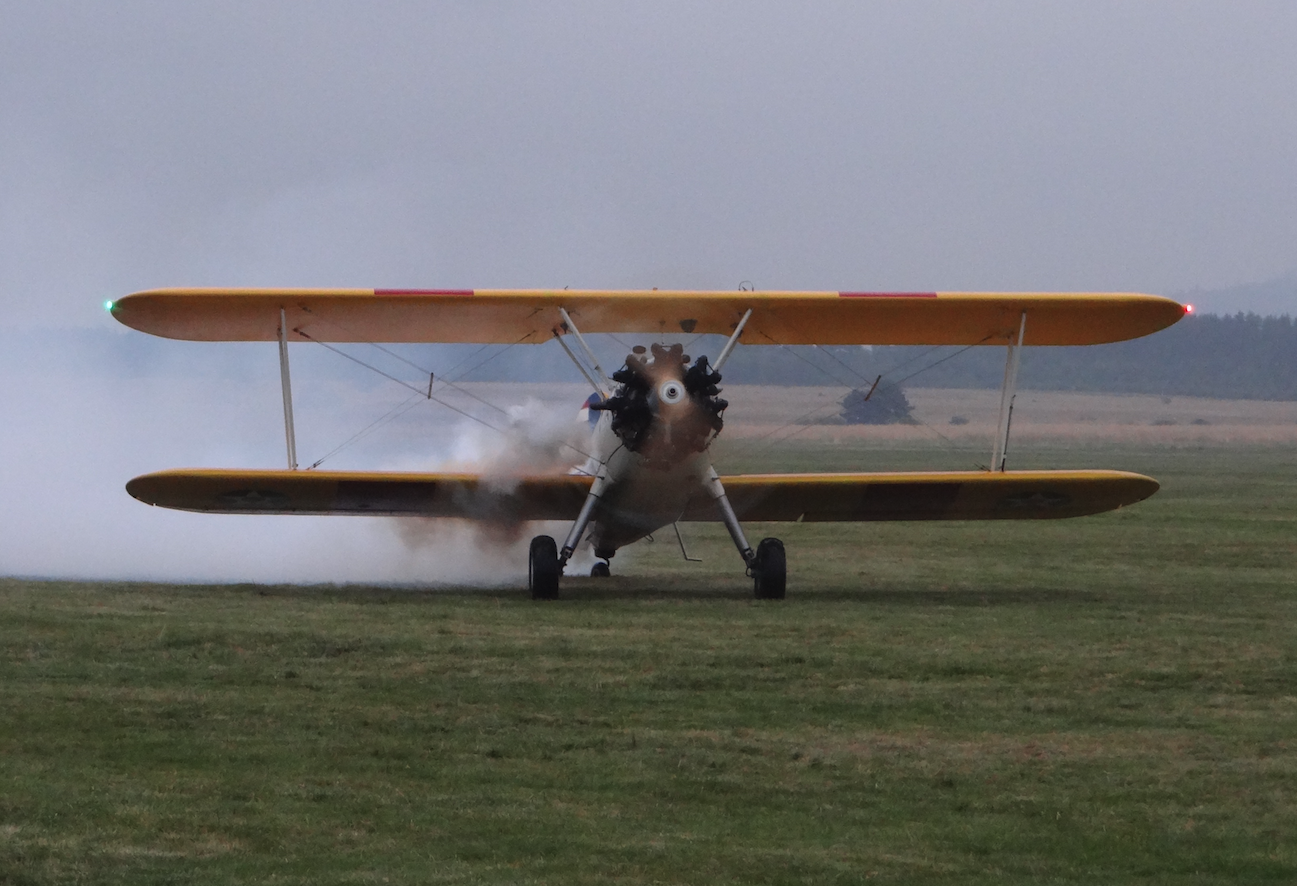Kraków 2021-12-07
Boeing Stearman Model 75.
Boeing Model 75 for the Stearman in the USA at Stear Aircraft in 1933. In 1934, the ship’s Stearman company was taken over by the Boeing concern and at the same time by the right to this aircraft. The plane, as Model 75, was produced until 1946. A total of over 10,620 copies were built. The aircraft is also known as Stearman, Boeing Stearman or Kaydet. The aircraft is very similar to the Polish PWS-26 aircraft and served as a training and training aircraft. The aircraft has been used by the military, USAF, US NAVY, RAF, and other players. On the other side of the world, there were many things in the world for the flight of Boeing Stearman planes. Therefore, print these documents at the air show. They were used for acrobatics, as well as for circuses (including wing spacers).
The new aircraft was a development of the Stearman C. Prototype design, designated as the Stearman X-70. The plane made its first flight at the beginning of 1933. Successful in-company approach tests, the user was put in a tender for a new initial training course that was announced by the US introduction developer. The US NAVY aviation was also interested in the new plane, which placed an order for 61 aircraft from the summer of 1935. Because Stearman Aircraft was valid and could not be admitted in time, it was acquired by Boeing. Production of the aircraft The planes were built with 168 kW (228 hp) Wright J-5 (R-790-8) engines, of which the navy owned a significant amount on the slope. Military tests (USAF and US NAVY) lasted over a year. The first mass-produced first in 1937 was used and different types were used right away. At the same time, the equipment of the aircraft was improved, because airplanes for various specializations, as training courses. This aircraft was designated the Model 75 or Stearman 75. In the US military, the aircraft were called Kadet (Kaydet).
Positioning Japanese company at Pearl Harbor, increasing orders for Stearman 75 aviation equipment. Agricultural aviation versions with spraying tanks were also created. Canada has ordered Stearman 75s with the ordered cabins, equipped with cabin heating and groundless flight instruments.
The Boeing Stearman Model 75 aircraft was operated by military aviation in 21 countries. In civil aviation, it was used in over 30 countries. Currently (2021), more than 60 aircraft are on display in museums. The most exhibits are in the USA, Canada and New Zealand. About 20 aircraft are in gaseous state on display at the Air Show.
Boeing Stearman 75 in Poland.
During the war, few Polish pilots had the opportunity to pilot Stearman 75 planes.
In 2007. Mr. Tomasz Grabowski, with a friend, is visiting, visiting the Air Venture Oshkosh 2007 exhibition, they decided to buy and bring to Poland a Boeing (Stearman) PT-17 N2S-3 "Kaydet". The selected specimen was characterized by the establishment of an installation and a flight time of only 4,000 hours. The intention was achieved and the plane was brought to Poland. It was an example of this type so far in Poland. After the overhaul and preparation of air flights, the Stearman PT-17 N2S-3 aircraft received the SP-W registration and was added to the demonstration games. The plane is stationed at the Krakow Aero Club on a daily basis. The plane was registered in 1943 and trained in several dozen as a typical training plane. First public screening of this exam. Only the plane was and is presented at many Air Show in Poland: Kraków, Nowy Trag, Bielsko Biała, Leszno and others. The main pilot of the plane is Mr. Marek Forystek. Initially, the plane was painted green and yellow, had checkerboards and the emblem of the Kościuszko Squadron. The plane was painted in the colors of US NAVY white – yellow – red, with nb 714. The plane is equipped with a smoke generator.
Construction.
The Boeing Stearman is a heavy-duty conventional biplane. The fuselage houses two pilots in a tandem configuration. Wings with a wooden structure, reinforced with steel profiles, covered with canvas. The hull is made of metal, welded from steel tubes. Canvas cover. Open type cabins equipped with a front windscreen only. Fixed three-support chassis with a tail wheel.
Star engine. Sometimes the engine was shielded, but most of the engines were bare. Various engines ranging from 180 HP to 300 HP were used. For example: Continental R-670 with 220 hp (170 kW). Jacobs R-755 with 200 hp (150 kW). Wright J-5 Whirlwind with 200 hp (150 kW). Wright R-790 Whirlwind with 235 HP (175 kW). After the war, the Pratt & Whitney R-985 Wasp Junior engine was usually fitted.
Data T-T Boeing Stearman:
Span 32 ft 2 in (9.80 m). Length 24 ft 9 in (7.54 m). Height 9 ft 8 in (2.95 m). Wing area of 298 sq ft (27.7 m2). Curb weight 1.931 lb (876 kg). Maximum weight 2,635 lb (1,195 kg). Fuel tank 46 US gal (38 imp gal; 170 L). Top speed 124 mph (200 km / h, 108 kn). Cruising speed of 96 mph (154 km / h, 83 kn). 13,200 ft (4,000 m) operating ceiling.
Various engines were used. 7-cylinder or 9-cylinder star combustion engine with standard power of 220 HP (170 kW). Two-blade, fixed propeller.
Written by Karol Placha Hetman







